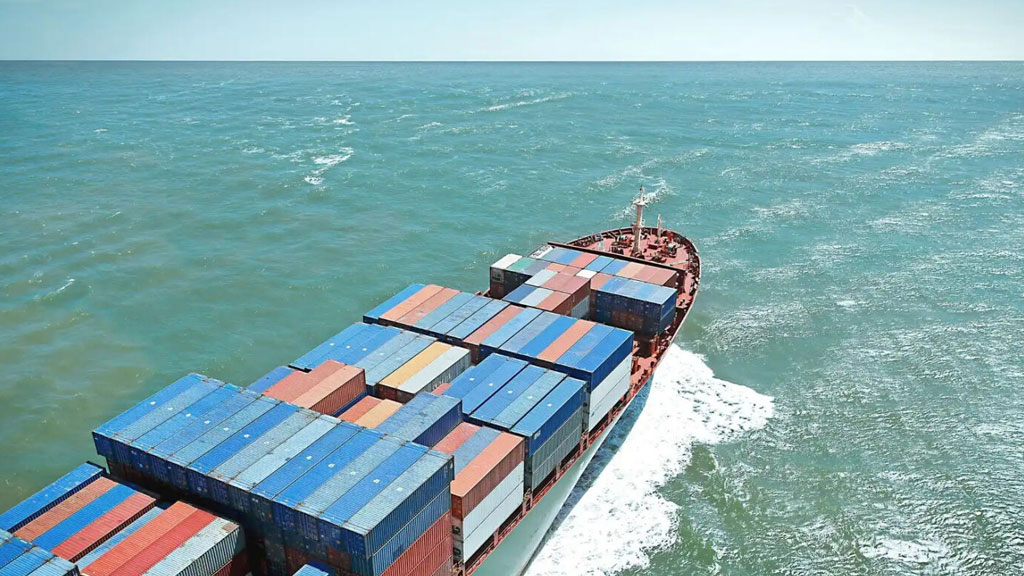In an era where global trade and connectivity are paramount, the efficiency and sustainability of various transport modes have come under scrutiny. Among these, water transport stands out as a significant player in the logistics and transportation landscape. This article delves into the multifaceted nature of water transport, examining its advantages, challenges, and overall standing compared to other means of transport.
The Historical Context of Water Transport
Water transport has been a cornerstone of human civilization since ancient times. From the early days of canoeing on rivers to the grand voyages of maritime trade, waterborne transport has facilitated the exchange of goods, cultures, and ideas. Today, it remains a vital component of international trade, with approximately 90% of the world’s goods transported by sea. The historical significance of water transport underscores its enduring relevance in modern logistics.
Advantages of Water Transport
- Cost-Effectiveness: One of the most compelling advantages of water transport is its cost efficiency. Shipping goods via sea is generally cheaper than air or land transport, especially for bulk commodities. The economies of scale achieved through larger vessels allow for lower per-unit transportation costs, making it an attractive option for businesses looking to minimize expenses.
- Environmental Sustainability: In the face of climate change, the environmental impact of transport modes is a critical consideration. Water transport is often regarded as the most environmentally friendly option. Ships emit significantly less CO2 per ton-mile compared to trucks and airplanes. Furthermore, advancements in technology, such as the development of cleaner fuels and more efficient hull designs, are enhancing the sustainability of maritime transport.
- Capacity and Versatility: Water transport can accommodate a wide variety of cargo types, from bulk goods like oil and grain to containerized freight. The sheer capacity of modern cargo ships allows for the transportation of vast quantities of goods in a single voyage, which is particularly advantageous for international trade.
- Global Reach: With over 70% of the Earth’s surface covered by water, maritime routes provide unparalleled access to global markets. This extensive network enables countries to engage in trade with distant partners, fostering economic growth and international cooperation.
Challenges Facing Water Transport
Despite its numerous advantages, water transport is not without challenges.
- Time Sensitivity: While water transport is cost-effective, it is often slower than air or land transport. For businesses dealing with perishable goods or time-sensitive deliveries, this can be a significant drawback. The longer transit times associated with shipping can lead to delays and increased inventory costs.
- Infrastructure Limitations: The efficiency of water transport is heavily reliant on port infrastructure. Congestion at ports, inadequate facilities, and outdated technology can hinder the smooth flow of goods. Investments in port modernization and expansion are crucial to overcoming these challenges.
- Weather Dependency: Water transport is susceptible to weather conditions, which can lead to delays and disruptions. Storms, fog, and rough seas can impact shipping schedules, necessitating contingency plans for businesses that rely on timely deliveries.
- Regulatory Hurdles: Navigating the complex web of international maritime regulations can be daunting for shipping companies. Compliance with environmental standards, safety regulations, and customs procedures requires significant resources and expertise.
Comparing Water Transport with Other Modes
When evaluating whether water transport is the most efficient means of transport, it is essential to consider its performance relative to other modes—namely road and air transport.
- Road Transport: While road transport offers flexibility and speed for short distances, it is often more expensive and less environmentally friendly than water transport. The last-mile delivery challenge remains a critical consideration, as goods must often be transported from ports to final destinations via trucks.
- Air Transport: Air transport is the fastest mode of transport, making it ideal for high-value or time-sensitive goods. However, the cost and environmental impact of air freight are significantly higher than those of water transport. For bulk commodities and non-perishable goods, water transport remains the preferred choice.
Conclusion: The Future of Water Transport
In conclusion, while water transport may not be the fastest means of transport, its cost-effectiveness, environmental sustainability, and capacity make it a formidable contender in the logistics arena. As global trade continues to evolve, the role of water transport is likely to expand, particularly with advancements in technology and infrastructure.


